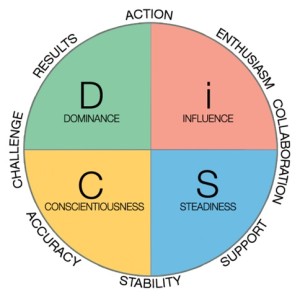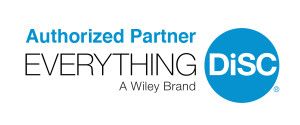Nearly all men can stand adversity, but if you want to test a man’s character, give him power. ~President Abraham Lincoln
 Leadership, management, is there really a difference? I say yes, there’s a HUGE difference. In honor of a number of our former U.S. Presidents, here’s what some of them had to say on the topic of leadership.
Leadership, management, is there really a difference? I say yes, there’s a HUGE difference. In honor of a number of our former U.S. Presidents, here’s what some of them had to say on the topic of leadership.
In periods where there is no leadership society stands still. Progress occurs when courageous, skillful leaders seize the opportunity to change things for the better. — President Harry Truman
President Truman believed that leaders change things for the better. Changing things doesn’t mean increasing profits or employee retention or any other number from X to Y. Changing things means creating something new, a change is a revolution. Managers increase numbers. Leaders ignite a transformation.
People ask the difference between a leader and a boss. The leader leads, and the boss drives. — President Theodore Roosevelt
In this context, when I think of drive I don’t think of a car, I think of a herd of cattle (keep in mind, I grew up on a farm in Kansas). A cattle drive consists of cowboys on horses (or in my case, farmers in trucks and tractors) behind or alongside cattle herding them in a specific direction. Teddy Roosevelt understood that to lead you need to be in front, inspiring others to follow. Leaders lead. Managers drive; they dictate and control, they push people forward.
The greatest leader is not necessarily the one who does the greatest things. He is the one that gets the people to do the greatest things. — President Ronald Reagan
Reagan knew that in order to achieve great things, it would happen because of the people. It was his job, as the leader, to get people to do great things. Leaders achieve extraordinary things through others. Managers accomplish the expected through processes and systems.
If your actions inspire others to dream more, learn more, do more and become more, you are a leader. — President John Quincy Adams
President Adams clearly believed that leaders strive for more. If you are a leader you aren’t content with the status quo, you are focused on something more, a vision of what could be. If you’re a manager you focus on the present situation and stabilize what is.
My attempt to use our past Presidents to draw out the difference between managing and leading is not to equate one as better than the other. We need both in organizations. Recognizing the difference and knowing when to manage and when to lead is a critical step toward creating a thriving organization.




